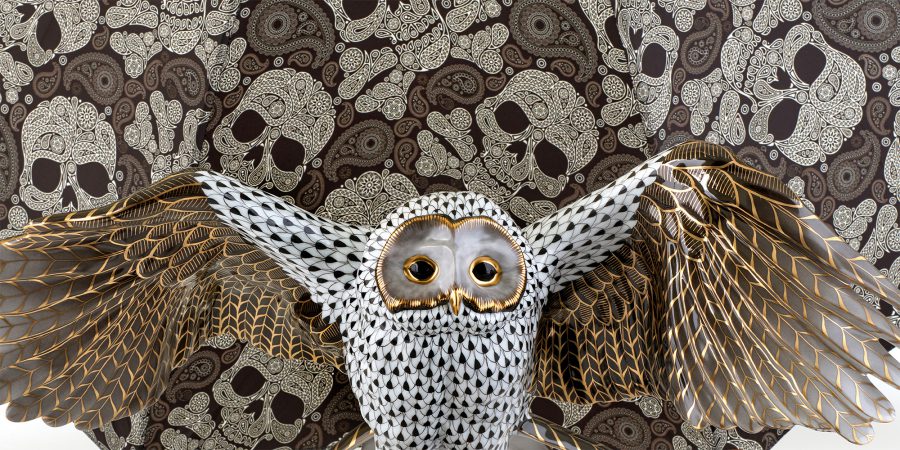Daylight retreats as nighttime advances. Creatures once confined to the depths of the evening begin restlessly stirring. The very boundaries between our mortal world and the otherworld become increasingly dissolved. Fear ye! Fear ye! All Hallows’ Eve is upon us!
In modern times, Halloween is less a dread occurrence than it is a welcome celebration. The supernatural hallmarks surely persist in the phantasmagoric imagery that signifies the holiday, but where once that imagery was emblematic of a real, paranormal dread, now it exists in the same space as sweet confectionaries, festive costumes, and childlike wonderment. Indeed, to trace the cultural evolution of Halloween is to trace the spiritual developments and intellectual triumphs of European society from the Middle Ages through to the present.

There is perhaps no greater representative of this transformation than the owl, one of Halloween’s most enduring motifs. In ancient Anglo-Saxon cultures, the owl was seen as a harbinger of death, a representative sent from the netherworld as a portent of doom. Concurrently, All Hallows’ Eve – born in the Middle Ages as a cross-cultural hybrid of Celtic Paganist folklore and Germanic equinox rituals – was considered a serious ceremony in which the spirits of the dead were to be appeased with an offering from the year’s harvest. It is thusly quite revealing to note that, as the Middle Ages gave way to the Renaissance and the Enlightenment, as the academic accomplishments of ancient Greece were rediscovered by European scholars, as superstition acquiesced to education, as All Hallows’ Eve transformed from a funereal ritual into a lighthearted festivity, so too did the owl revert from a symbol of death to an icon of vigilance and knowledge, as it had been when once it represented the Greek goddess of wisdom, Athena.
For this Halloween 2021, we at Scully & Scully commemorate the holiday season with a spookily celebratory arrangement featuring our favorite nocturnal animal.
Featured products:
